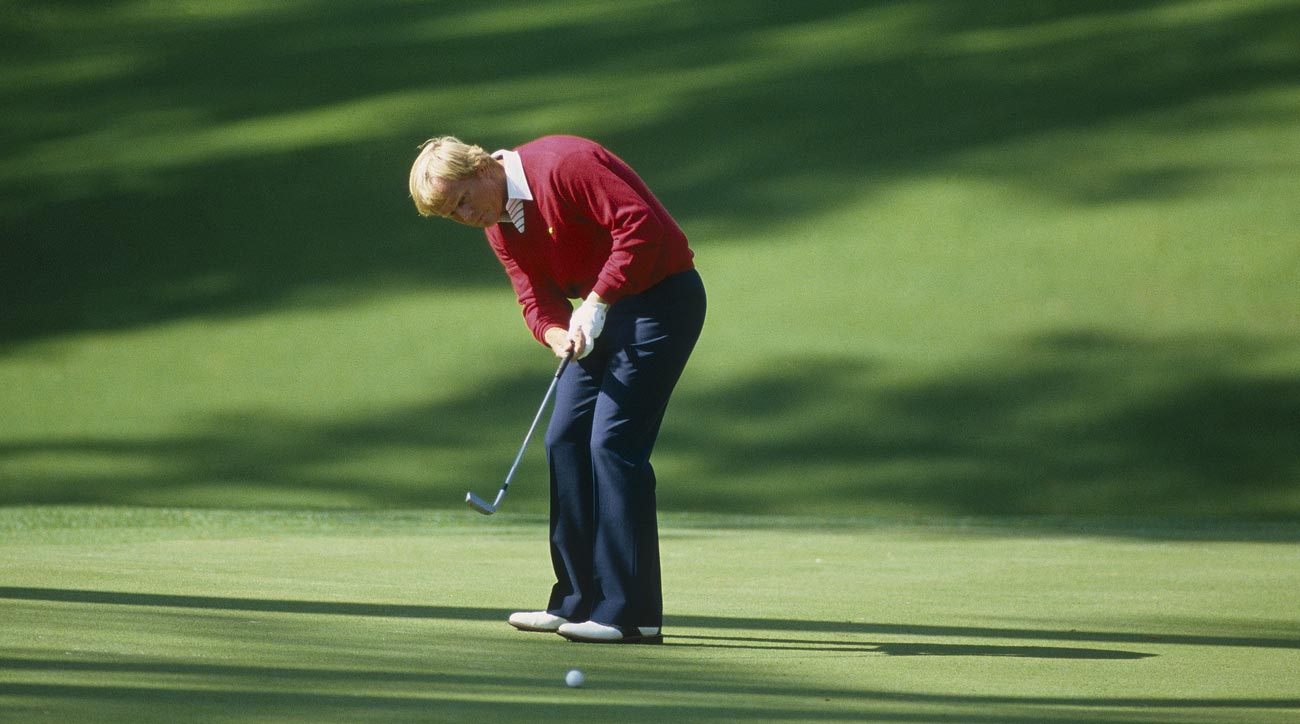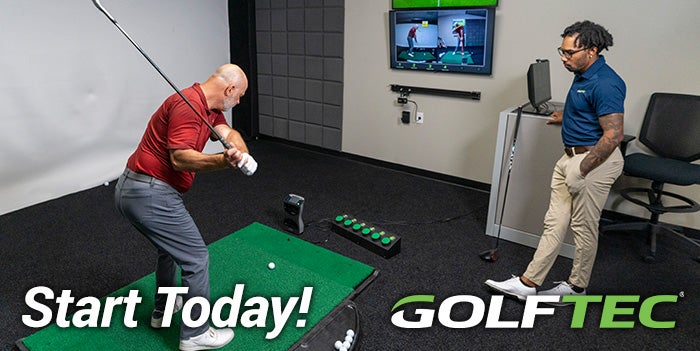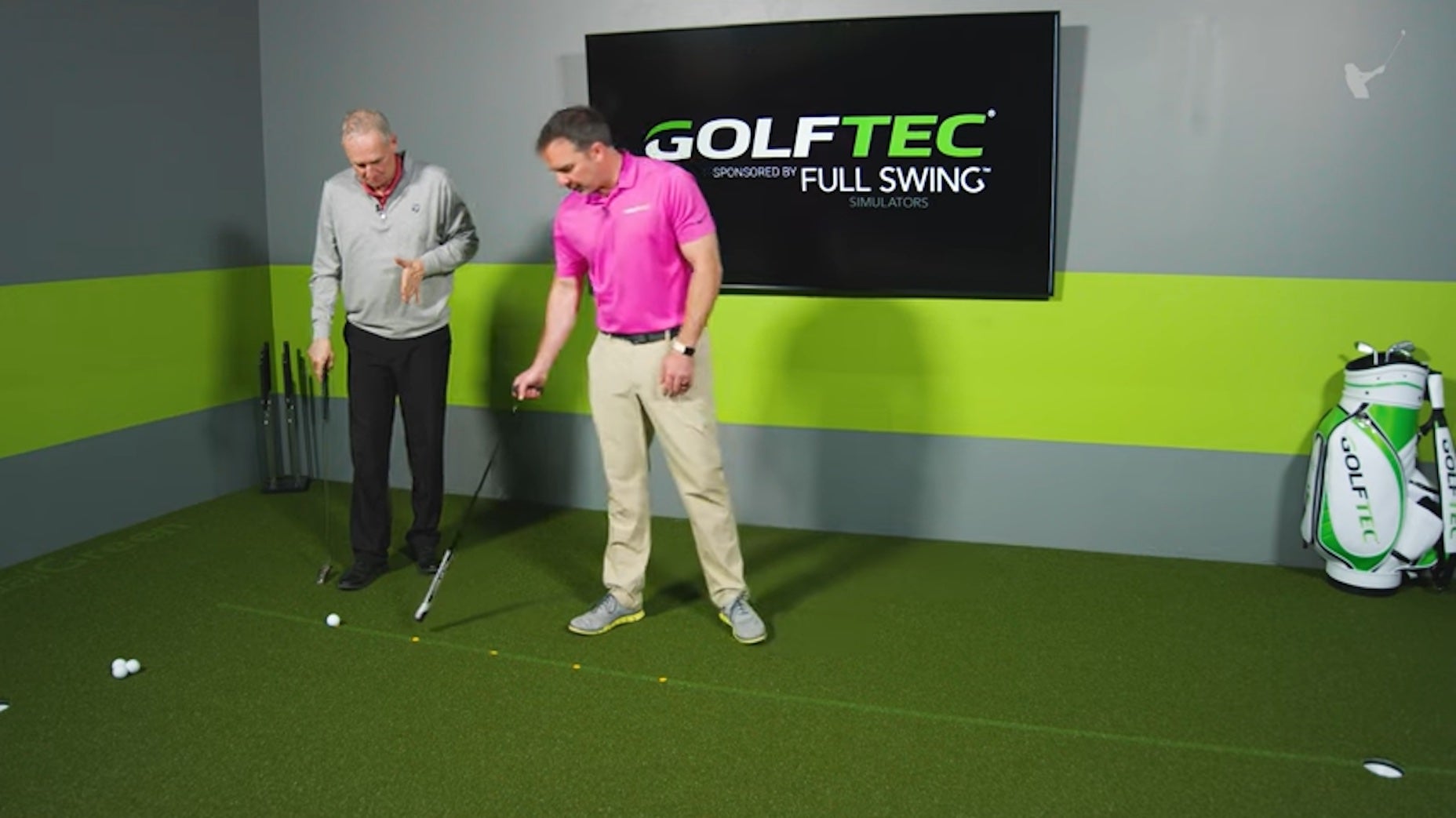The goal of putting is simple: Get your ball in the hole. Any way, any how.
The problem is that task is both very important and very difficult. And in the search for a better putting game, golfers often run down lots of rabbit holes and don’t come out of the other side any better.
That’s why GOLFTEC’s GOLF Top 100 Teacher Nick Clearwater and fellow GOLF Top 100 Teacher Kevin Weeks are here to help.
You can read the full article right here, but together, the pair explore three mythical ‘problems’ which golfers waste too much of their time trying to solve — and what to do instead.
1. ‘Putter path is everything’
Lots of golfers fret about the path their putter is traveling on. Is it arching too much? Not enough? Yes, putter path is important to determining where you ball will roll, but it’s a very distant second to the angle the putter face is pointing. The face determines more than “90 percent” of the initial starting direction of your putt, Weeks explains. So, if you want to hit more putts where you’re aiming, focus less on your path, and more on your putterface.
2. ‘Slow and then fast’
Lots of golfers work hard on taking a slow backswing, and a fast follow through — so much that their follow through is actually longer than their backstroke.
The problem is that isn’t what the best putters actually do. Cam Smith, for instance, has a follow through that’s shorter than his backstroke. That’s because he’s holding the putter lightly, and using the weight of the putter hit the ball. Clearwater calls it “coasting” speed. Trying to accelerate the putter through the ball can cause distance control issues, especially on longer putts.

3. ‘Body lines parallel’
While generally speaking, golfers look to make sure their eyes, shoulders and feet are all running parallel to the target line, it’s not something worth spending too much time fretting over. Only “15 percent” of golfers set up with everything running parallel, according to Weeks. Most golfers, like Jack Nicklaus, prefer setting up their feet slightly open or closed, because it allows them to see the line better. That’s what’ll give you your best chance of making the most putts.
For more content like this, head over to GOLFTEC’s website right here, or book your lesson below.


